-
 Bitcoin
Bitcoin $102,662.5363
4.85% -
 Ethereum
Ethereum $2,193.0670
19.81% -
 Tether USDt
Tether USDt $0.9999
-0.02% -
 XRP
XRP $2.3038
7.50% -
 BNB
BNB $625.3061
3.85% -
 Solana
Solana $162.5747
9.35% -
 USDC
USDC $1.0000
-0.02% -
 Dogecoin
Dogecoin $0.1948
11.09% -
 Cardano
Cardano $0.7630
11.78% -
 TRON
TRON $0.2574
3.22% -
 Sui
Sui $4.0011
17.05% -
 Chainlink
Chainlink $15.7755
11.92% -
 Avalanche
Avalanche $22.1531
11.42% -
 Stellar
Stellar $0.2965
12.70% -
 Shiba Inu
Shiba Inu $0.0...01431
10.58% -
 Bitcoin Cash
Bitcoin Cash $418.8427
3.36% -
 Hedera
Hedera $0.1947
9.85% -
 UNUS SED LEO
UNUS SED LEO $8.8625
0.49% -
 Toncoin
Toncoin $3.1835
5.09% -
 Hyperliquid
Hyperliquid $23.2143
10.04% -
 Litecoin
Litecoin $94.7248
4.08% -
 Polkadot
Polkadot $4.4824
10.46% -
 Monero
Monero $301.2717
6.79% -
 Dai
Dai $1.0001
-0.02% -
 Bitget Token
Bitget Token $4.4883
5.14% -
 Pi
Pi $0.6881
13.78% -
 Ethena USDe
Ethena USDe $1.0000
-0.06% -
 Pepe
Pepe $0.0...01096
30.81% -
 Uniswap
Uniswap $6.0905
23.37% -
 Bittensor
Bittensor $424.6065
12.59%
What is the future prospect of ZIGChain (ZIG) currency?
The future prospect of ZIGChain (ZIG) depends on factors such as adoption, technological development, market conditions, competition, and speculation, with potential for growth through mass adoption, innovation, and favorable market conditions.
Dec 08, 2024 at 11:10 pm
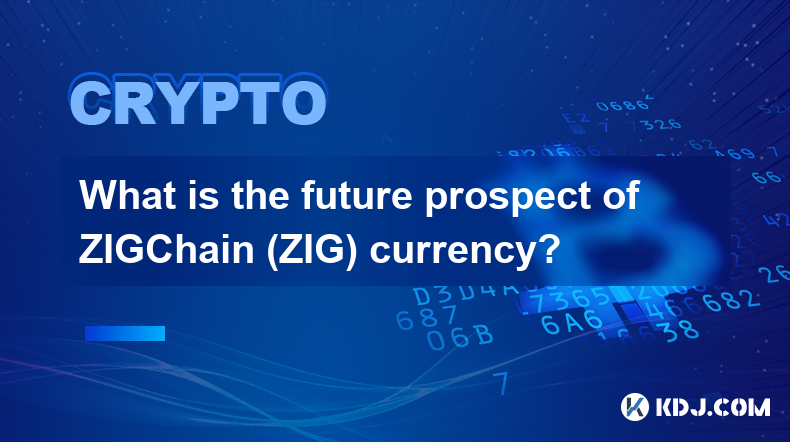
What is the Future Prospect of ZIGChain (ZIG) Currency?
Introduction
ZIGChain (ZIG) is a Proof-of-Stake (PoS) blockchain platform designed to provide a secure, scalable, and efficient environment for decentralized applications (dApps). The ZIG currency is the native token of the ZIGChain platform and serves as a medium of exchange, a store of value, and a means to pay for network fees.
Factors Influencing the Future Prospect of ZIG
The future prospect of ZIG is influenced by several factors, including:
- Adoption and Use Cases: The widespread adoption of ZIGChain for dApps and other blockchain-based solutions will drive demand for ZIG and increase its value.
- Technological Development: The ongoing development of ZIGChain, such as upgrades to its consensus mechanism, smart contract capabilities, and interoperability, will enhance the platform's utility and competitiveness.
- Market Conditions: The overall cryptocurrency market conditions, including regulatory developments, institutional adoption, and retail investor sentiment, will impact the demand and price of ZIG.
- Competition: The presence of competing blockchain platforms and cryptocurrencies will influence the market share and adoption of ZIGChain.
Potential Future Prospects
Based on these factors, the future prospect of ZIG can be explored through several potential scenarios:
1. Mass Adoption and Mainstream Acceptance
If ZIGChain gains widespread adoption for dApps, enterprise applications, and other blockchain-based solutions, the demand for ZIG will surge, potentially leading to significant growth in its value. This scenario requires industry partnerships, strategic integrations, and the development of compelling use cases.
2. Technological Innovations and Ecosystem Expansion
Continued technological advancements in ZIGChain, such as improved scalability, enhanced security features, and innovative dApp development tools, will strengthen the platform's value proposition and attract developers and users. This scenario involves active research and development, community contributions, and the fostering of a supportive ecosystem.
3. Favorable Market Conditions and Institutional Investment
Positive market conditions, such as regulatory clarity, increased institutional adoption, and growing retail interest, will positively impact the demand for ZIG and its overall price performance. This scenario hinges on favorable macroeconomic factors, regulatory frameworks, and the perception of cryptocurrency as a legitimate asset class.
4. Competition and Market Share
The competitive landscape in the blockchain industry will influence the market share and adoption of ZIGChain. Strategic partnerships, differentiated features, and a focus on specific niches can help ZIG carve out a valuable position in the market. This scenario requires market research, competitive analysis, and effective marketing strategies.
5. Speculation and Short-Term Price Fluctuations
Cryptocurrency markets are known for their volatility and speculative behavior. ZIG's value may be subject to short-term price fluctuations based on market sentiment, news events, and community hype. This scenario requires a balanced approach to investing, risk management, and long-term value assessment.
Conclusion
The future prospect of ZIGChain (ZIG) is subject to a multitude of factors, including adoption, technological innovations, market conditions, competition, and speculative behavior. While the potential for mass adoption, technological advancements, and favorable market conditions exist, it's crucial to approach the evaluation of ZIG with a balanced perspective, considering both potential opportunities and risks.
Disclaimer:info@kdj.com
The information provided is not trading advice. kdj.com does not assume any responsibility for any investments made based on the information provided in this article. Cryptocurrencies are highly volatile and it is highly recommended that you invest with caution after thorough research!
If you believe that the content used on this website infringes your copyright, please contact us immediately (info@kdj.com) and we will delete it promptly.
- The PEDIGREE® brand launched PEDIGREE® DRIZZLERS™ Sauce, a mealtime sauce made just for dogs that brings bold flavors to every bite
- 2025-05-09 10:06:38
- The GENIUS Act Failed to Pass Cloture in the United States Senate on May 8
- 2025-05-09 10:06:38
- The 2025 Meme Wave Has Arrived: FloppyPepe (FPPE) Is Making Serious Noise
- 2025-05-09 10:01:06
- Stellar (XLM) Shows Renewed Momentum, Up 10% in the Last 24 Hours
- 2025-05-09 10:01:06
- Tron (TRX) Prepares for the Next Chapter as Ruvi, an Emerging Crypto Superstar, Captures the Spotlight
- 2025-05-09 09:55:12
- Dogecoin price regained and moved past $0.17
- 2025-05-09 09:55:12
Related knowledge
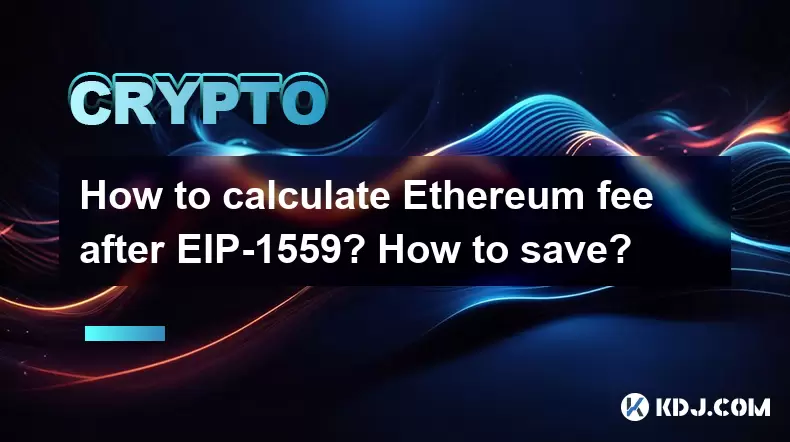
How to calculate Ethereum fee after EIP-1559? How to save?
May 09,2025 at 08:01am
The introduction of EIP-1559 in August 2021 brought significant changes to the Ethereum network's fee structure, revolutionizing how users interact with transaction costs. This article will delve into the specifics of how to calculate Ethereum fees post-EIP-1559 and offer strategies to save on these fees. Understanding EIP-1559 and its ComponentsEIP-155...
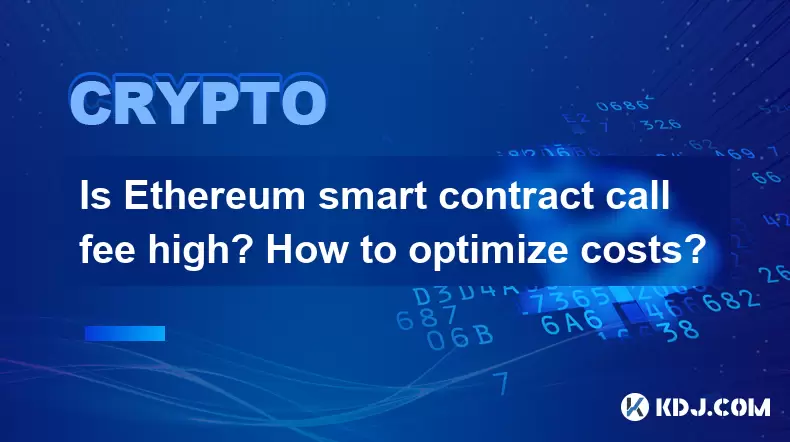
Is Ethereum smart contract call fee high? How to optimize costs?
May 08,2025 at 09:35am
Is Ethereum Smart Contract Call Fee High? How to Optimize Costs? The world of Ethereum smart contracts has revolutionized the way we think about decentralized applications and blockchain technology. However, one of the most frequently discussed topics within this realm is the cost associated with executing smart contract calls. In this article, we will ...
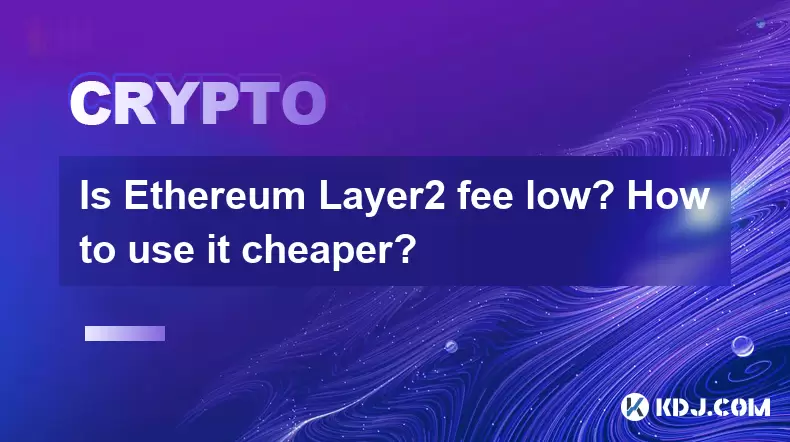
Is Ethereum Layer2 fee low? How to use it cheaper?
May 08,2025 at 03:56am
The question of whether Ethereum Layer 2 solutions offer lower fees and how to use them more economically is a topic of great interest within the cryptocurrency community. Ethereum's Layer 2 solutions have been developed to address the high transaction fees and scalability issues associated with the main Ethereum network. In this article, we will delve ...

How to calculate Ethereum network fee? How to reduce transaction costs?
May 08,2025 at 02:15am
Understanding and managing Ethereum network fees is crucial for anyone involved in transactions on the Ethereum blockchain. The network fee, also known as gas fee, is the amount of Ether (ETH) required to successfully conduct a transaction or execute a smart contract on the Ethereum network. Calculating these fees and finding ways to reduce them can sig...
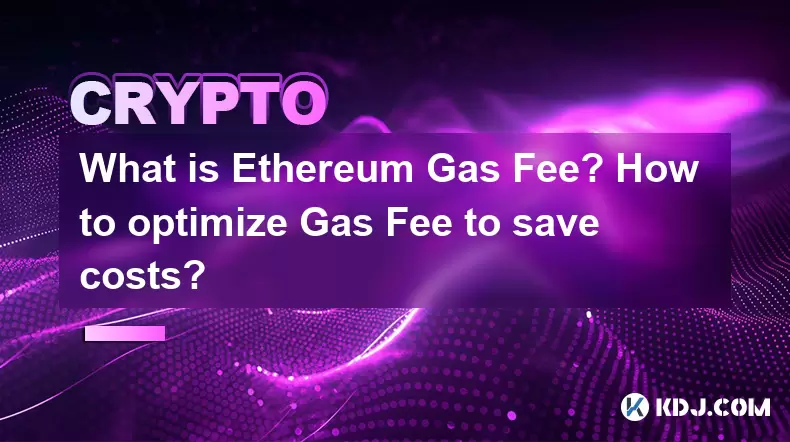
What is Ethereum Gas Fee? How to optimize Gas Fee to save costs?
May 08,2025 at 03:43am
Ethereum gas fees are a crucial aspect of interacting with the Ethereum blockchain. Understanding and optimizing these fees can significantly impact the cost-effectiveness of transactions and smart contract interactions. In this article, we will delve into what Ethereum gas fees are, how they are calculated, and provide detailed strategies for optimizin...
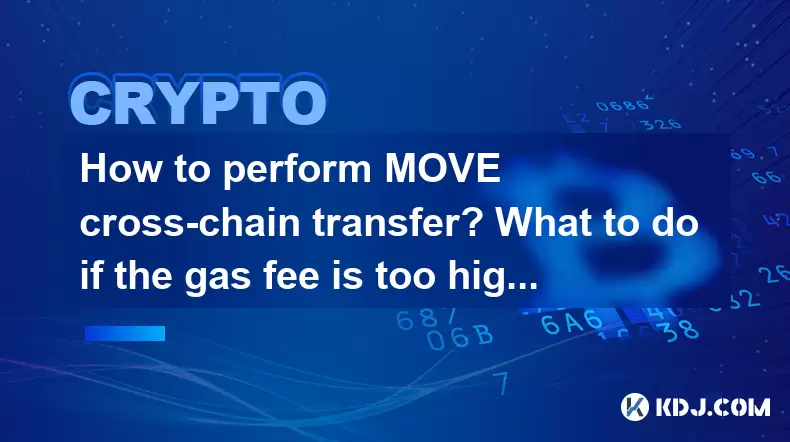
How to perform MOVE cross-chain transfer? What to do if the gas fee is too high?
May 07,2025 at 08:03pm
Introduction to MOVE Cross-Chain TransferCross-chain transfers have become an essential part of the cryptocurrency ecosystem, allowing users to move assets between different blockchain networks. One of the popular protocols for achieving this is the MOVE cross-chain transfer. This article will guide you through the process of performing a MOVE cross-cha...

How to calculate Ethereum fee after EIP-1559? How to save?
May 09,2025 at 08:01am
The introduction of EIP-1559 in August 2021 brought significant changes to the Ethereum network's fee structure, revolutionizing how users interact with transaction costs. This article will delve into the specifics of how to calculate Ethereum fees post-EIP-1559 and offer strategies to save on these fees. Understanding EIP-1559 and its ComponentsEIP-155...

Is Ethereum smart contract call fee high? How to optimize costs?
May 08,2025 at 09:35am
Is Ethereum Smart Contract Call Fee High? How to Optimize Costs? The world of Ethereum smart contracts has revolutionized the way we think about decentralized applications and blockchain technology. However, one of the most frequently discussed topics within this realm is the cost associated with executing smart contract calls. In this article, we will ...

Is Ethereum Layer2 fee low? How to use it cheaper?
May 08,2025 at 03:56am
The question of whether Ethereum Layer 2 solutions offer lower fees and how to use them more economically is a topic of great interest within the cryptocurrency community. Ethereum's Layer 2 solutions have been developed to address the high transaction fees and scalability issues associated with the main Ethereum network. In this article, we will delve ...

How to calculate Ethereum network fee? How to reduce transaction costs?
May 08,2025 at 02:15am
Understanding and managing Ethereum network fees is crucial for anyone involved in transactions on the Ethereum blockchain. The network fee, also known as gas fee, is the amount of Ether (ETH) required to successfully conduct a transaction or execute a smart contract on the Ethereum network. Calculating these fees and finding ways to reduce them can sig...

What is Ethereum Gas Fee? How to optimize Gas Fee to save costs?
May 08,2025 at 03:43am
Ethereum gas fees are a crucial aspect of interacting with the Ethereum blockchain. Understanding and optimizing these fees can significantly impact the cost-effectiveness of transactions and smart contract interactions. In this article, we will delve into what Ethereum gas fees are, how they are calculated, and provide detailed strategies for optimizin...

How to perform MOVE cross-chain transfer? What to do if the gas fee is too high?
May 07,2025 at 08:03pm
Introduction to MOVE Cross-Chain TransferCross-chain transfers have become an essential part of the cryptocurrency ecosystem, allowing users to move assets between different blockchain networks. One of the popular protocols for achieving this is the MOVE cross-chain transfer. This article will guide you through the process of performing a MOVE cross-cha...
See all articles






















































































